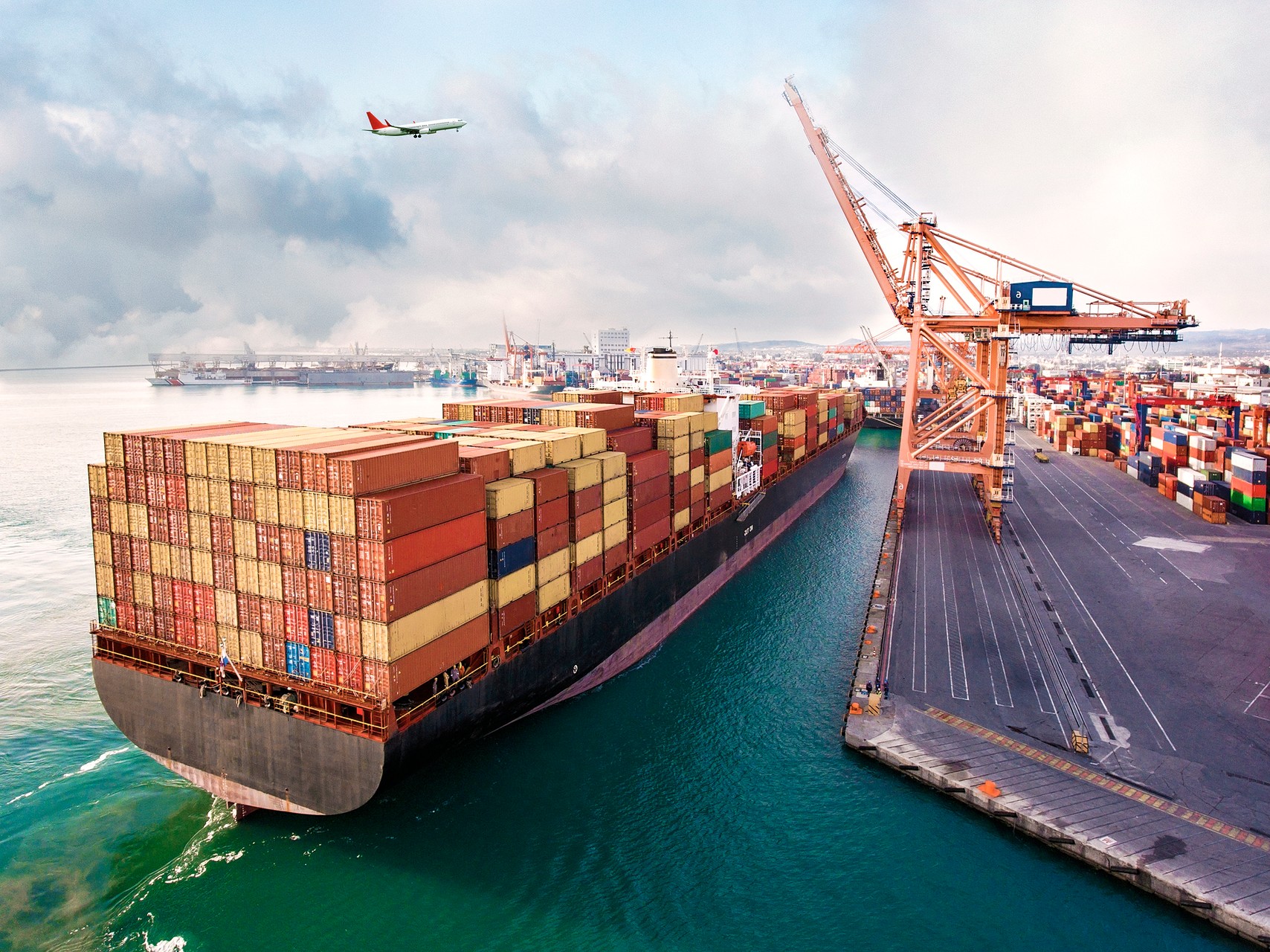In recent years, the global freight market has continued to expand. In 2023, worldwide freight volume reached 11.6 billion tons, with maritime shipping still accounting for the largest share, while air and land transport have grown rapidly due to the rise of e-commerce. In the face of trends such as digitalization, automation, and low-carbon transportation, companies that leverage the latest transportation data and models will gain a competitive advantage and be better equipped to respond to future market changes.

Photo by https://photo.urb2b.com/photo/#/shared_space/folder/75
Global Freight Market Size and Growth
- Market Size: The global freight market is valued at USD 2.739 trillion in 2024 and is projected to grow to USD 3.698 trillion by 2032, representing a compound annual growth rate (CAGR) of 2.7%.
- Freight Volume: Global freight volume reached 11.61 billion tons in 2023 and is expected to grow to 14.72 billion tons by 2032.
Modes of Transportation and Trends
- Heavy and Specialized Transport
This includes the transportation of large equipment such as construction cranes and wind turbines. Such shipments require specialized vehicles and permits and face both technical and regulatory challenges. Future trends include the adoption of autonomous vehicles and drones to improve efficiency and safety.
- Maritime Freight
Maritime shipping remains the primary mode for long-distance cargo transport. In 2023, global maritime freight volume reached 11.61 billion tons, with the Asia-Pacific region accounting for 40.48% of the market share.
- Air Freight
Taking Hong Kong International Airport as an example, cargo volume is projected to reach 4.9 million tons in 2024, a 14.0% increase from 2023, with export freight rising by 20.2%.
- Land Freight
The rise of e-commerce has increased demand for medium and heavy trucks, contributing to higher carbon emissions. For example, UPS has seen a 65% increase in deliveries since 2009.
Environmental and Digitalization Trends
- Environmental Impact: Transportation accounts for approximately 15% of global emissions, driving the adoption of low-carbon freight solutions and electric vehicles as key measures for emission reduction.
- Digitalization Applications: Integration of advanced technologies such as IoT, AI, and data analytics is transforming freight management, improving operational efficiency, and enhancing supply chain visibility.
Leading Freight Companies
Honour Lane Shipping (HLS)
Founded in 2001 with headquarters in Hong Kong and branches in China, Taiwan, and Singapore, Honour Lane Shipping ranks as the 33rd largest global maritime freight forwarder, handling 402,000 TEU annually. The company specializes in shipping services from Asia to major global ports, offering maritime, air, warehousing, and supply chain management services while actively pursuing digital transformation to improve operational efficiency.
Kuehne+Nagel
One of the world’s largest logistics companies, headquartered in Switzerland, Kuehne+Nagel handles over 4.3 million TEU annually. Its services cover maritime, air, land transport, and contract logistics, with more than 1,300 offices worldwide. The company emphasizes digitalization and automation to provide efficient and reliable logistics solutions.
Sinotrans Limited
Sinotrans is one of China’s largest integrated logistics service providers, handling over 4.3 million TEU annually. Its business spans maritime, air, and land transport, warehousing, and supply chain management, with an extensive global network. Sinotrans actively expands its international market presence and continuously improves service quality and operational efficiency.
Conclusion
When selecting freight logistics partners, companies should consider global network coverage, professional capabilities, digitalization level, and service quality. Leading companies in international freight can provide efficient, reliable logistics solutions, meeting diverse business needs and supporting global trade growth.






.jpg)







